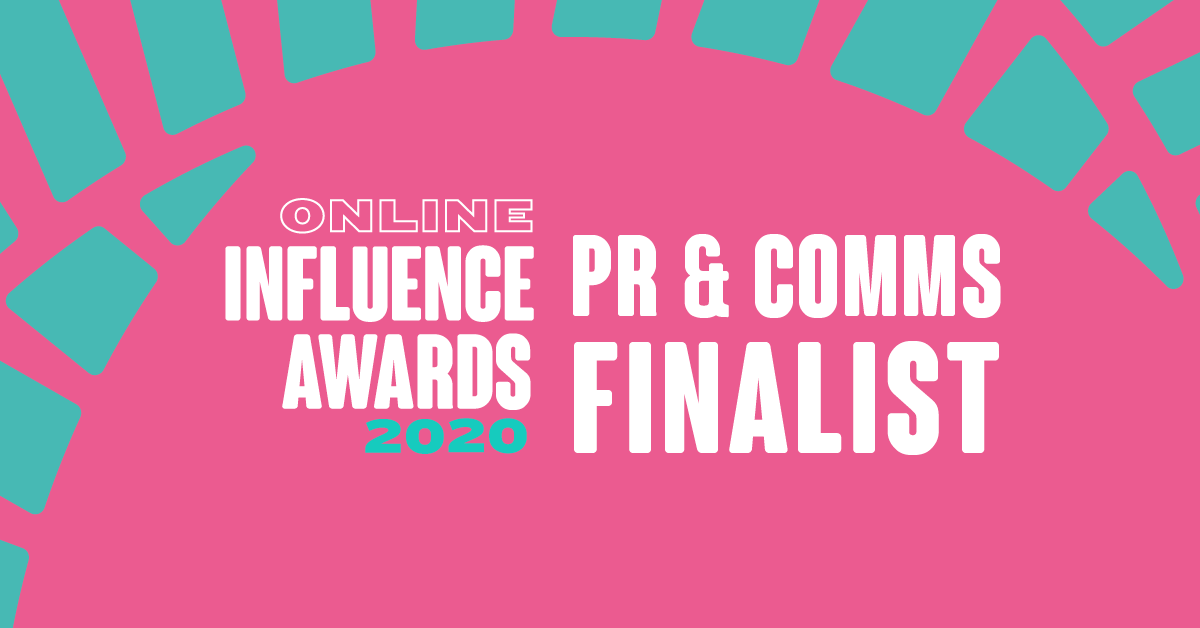I have developed a new mantra which I keep repeating whenever I am working with businesses and organisations. As I watch the latest news reports and read about crises, issues and reputational challenges that are being faced it keeps popping up in my mind. In short it is ‘speak first, speak frequently’.
The situation in South Wales has shown how quickly rumours and speculation can spread. They have shown the importance of being clear about what is accurate and of putting communication at the heart of the response. By communication I don’t just mean media statements, but face-to-face getting out and talking to people. I can appreciate the difficult situation that South Wales Police found themselves in. In the past I have had to navigate those challenging events, trying to encourage senior officers to speak, to share information and to be ready to listen.
If I was talking to my old self doing that job I would be saying it is time for a change of approach. The world moves fast. Increasingly fast. People have good quality video and CCTV at their fingertips. Doorbell cameras, security cameras and dashcams are everywhere. Social media moves at pace. This is not just in sending information around the globe but in sharing views, thoughts and footage that people have.
Organisations need to be ready to say something very quickly and it must have the right tone to set the scene for what may happen in the coming hours. Getting information out within the first 30 minutes is good but it isn’t the end of the communication. It is no longer acceptable to wait for hours until the full information, or as near that as you can manage, is available. The first statement needs to be followed by an ongoing dialogue and it has to be supported by visuals. We live in a world that is very visual so crisis communication has to take that into account if it is to be effective.
There is a difficult balance between speaking and connecting with people and having the full facts. It brings risks that need to be managed. What do you actually know to be fact? Where are the gaps? What do people think and feel about the situation? What level of trust existed before the situation occurred?All vital questions to be answered quickly when a crisis happens.
If organisations are going to be able to tackle misinformation, self-appointed experts, and a long-term damage to their reputation they need to refresh the approach to crisis communication. Have agreed plans ready to go, revise the structure in the first hours to ensure you can keep communicating, and be as ready to listen as to talk. There is nothing to be gained in fighting the way the world is now, but instead put your efforts and focus into being ready to the new challenges.


The visual component is one we had not really considered say five years ago but today, it is essential. When speaking with a municipality managing wildfires in Alberta, they were struggling because they were not communicating “how the response was going” – they were talking about it from time to time but did not support with imagery. This was making local residents feel they were left out of the loop, not receiving the whole truth and they began doubting local officials. We discussed the comms team getting photos from the “front lines” of firefighters working, of volunteers, of the fire suppression tactics and fire guards being built. Photos that could be date-stamped and attributed to official they trusted (Fire Chief for example or First Nation Chief). I like to believe it helped change the narrative for them. Fast, Frequent and with Photos – when possible and appropriate.
LikeLike